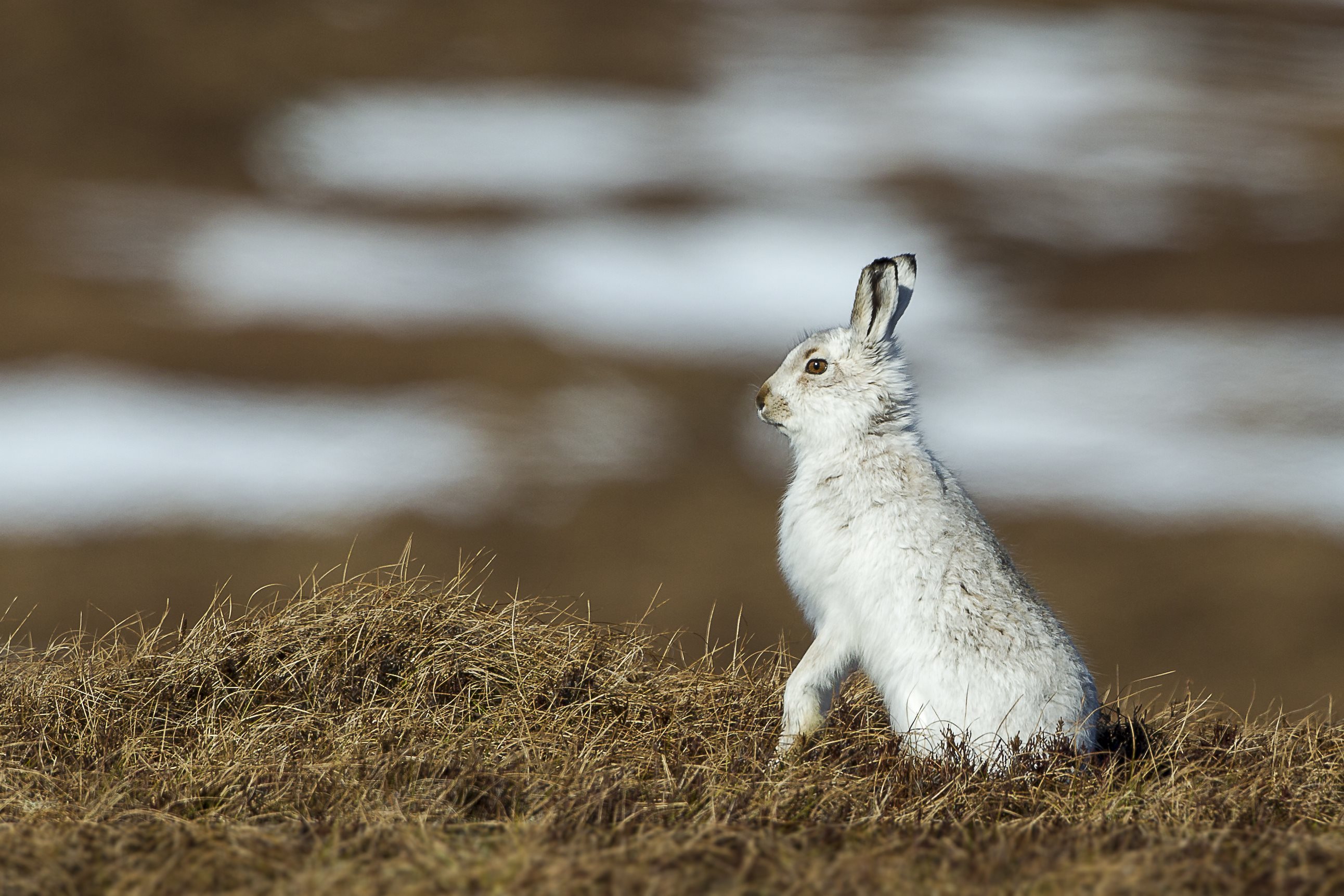A £1,000 challenge has been thrown down by gamekeepers to conservation groups as the row over mountain hare culling grows more bitter.
The Scottish Gamekeepers Association (SGA) have offered a £1,000 reward to conservation groups if these groups can show their management produces more mountain hares than ground managed by keepers as grouse moors.
The reward is being extended to all 10 conservation groups who on Monday made headlines by calling for a three year ban on the culling of mountain hares.
Groups including the John Muir Trust, RSPB Scotland, National Trust for Scotland and the Scottish Wildlife Trust have called for the ban to be imposed on grouse moors while more work is done on sustainable management.
The ‘keepers also believe that culling is essential to protect red grouse from potentially harmful ticks carried by the hares as well as sheep and deer.
A spokesman for SGA said: “If the conservation groups have real and genuine concern about the iconic mountain hare, we are confused as to why they provide very little management to benefit mountain hares on the ground managed by themselves.
“By adopting proper heather management, they could have the same numbers of mountain hares on their ground as are presently found on grouse moors, yet this is not done.
“Instead an inaccurate image is painted that mountain hares are endangered because of activity on grouse moors when the largest elephant in the room is why conservationists have very few mountain hares themselves and do not manage their own ground to benefit them.
“We, therefore, are happy to offer a £1,000 reward to any of these groups who can prove that they can come close to producing the numbers of hares that are prevalent on grouse moors, even after gamekeepers have undertaken their controlled annual cull.
“This is not a step we would normally take in any other circumstance. This £1,000 is an awful lot of money to gamekeepers. However, we feel strongly the public are being fed misleading information on this issue and we look forward, when the new system of counting is operational, to go to the ground managed by these 10 groups to see exactly how the hare populations are doing in comparison and assessing the results.”
